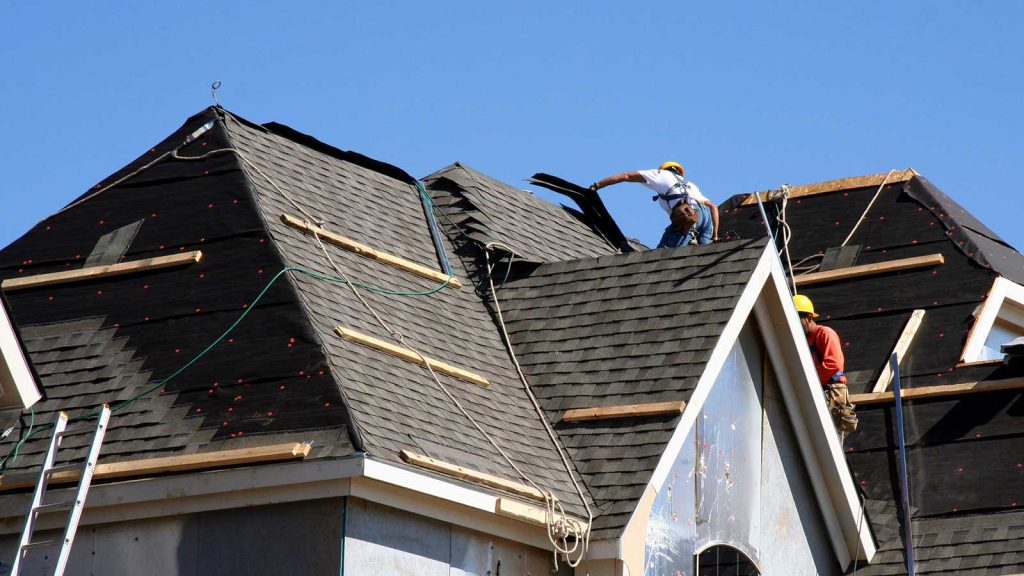As homeowners become increasingly conscious of their environmental footprint and energy costs, the demand for energy-efficient roofing solutions continues to rise. One such solution gaining popularity is cool roofing, which offers numerous benefits for both homeowners and the environment. In this blog post, we’ll explore the concept of cool roofing and how it can enhance energy efficiency in your home.
What is Cool Roofing?
Cool roofing refers to roofing materials and technologies designed to reflect more sunlight and absorb less heat than traditional roofing materials. These materials have high solar reflectance (the ability to reflect sunlight) and high thermal emittance (the ability to release absorbed heat), which help keep the roof surface cooler and reduce the amount of heat transferred into the building below.
Benefits of Cool Roofing:
- Reduced Energy Consumption: By keeping your roof cooler, cool roofing materials can help reduce the need for air conditioning and lower energy consumption during hot summer months. This can result in significant cost savings on cooling bills and reduce your home’s carbon footprint.
- Improved Indoor Comfort: Cool roofing can help maintain more consistent indoor temperatures and reduce temperature fluctuations throughout the day. This creates a more comfortable living environment for occupants, especially in areas with hot climates or intense sun exposure.
- Extended Roof Lifespan: Cool roofing materials experience less thermal expansion and contraction than traditional roofing materials, which can help extend the lifespan of your roof. By reducing heat-related stress on the roof structure, cool roofing can minimize the risk of premature deterioration and prolong the need for roof replacement.
- Environmental Benefits: Cool roofing can help mitigate the urban heat island effect by reducing surface temperatures and lowering ambient air temperatures in urban areas. Additionally, by decreasing energy consumption and greenhouse gas emissions associated with cooling, cool roofing contributes to overall environmental sustainability.
Types of Cool Roofing Materials:
- Reflective Roof Coatings: These coatings are applied directly to existing roofing materials to increase solar reflectance and thermal emittance. Reflective roof coatings are available in various formulations, including acrylic, silicone, and elastomeric coatings.
- Cool Roof Shingles: Certain types of asphalt shingles, metal roofing, and tile roofing are available with cool roof ratings that indicate their ability to reflect sunlight and reduce heat absorption. These shingles are typically coated with reflective pigments or granules to enhance their cool roofing properties.
- Single-Ply Membrane Roofing: Single-ply membrane roofing systems, such as TPO (thermoplastic olefin) and PVC (polyvinyl chloride), are inherently reflective and offer excellent cool roofing performance. These roofing systems are commonly used in commercial and industrial applications but are also suitable for residential use.
Considerations for Cool Roofing Installation:
- Climate: The effectiveness of cool roofing materials may vary depending on the local climate and environmental conditions. It’s essential to choose cool roofing materials that are suitable for your region’s climate and sun exposure.
- Roof Design and Color: The design and color of your roof can also affect its cooling properties. Light-colored roofing materials tend to have higher solar reflectance and are more effective at reducing heat absorption than dark-colored materials.
- Roofing System Compatibility: Before installing cool roofing materials, ensure that your roof structure and existing materials are compatible with cool roofing installation. Some roofing systems may require additional preparation or modifications to accommodate cool roofing materials effectively.
Conclusion:
Cool roofing offers a range of benefits for homeowners, including reduced energy consumption, improved indoor comfort, and environmental sustainability. By choosing cool roofing materials tailored to your home’s specific needs and climate conditions, you can enjoy enhanced energy efficiency and long-term savings on cooling costs. Contact Warner James Roofing today to explore your options for cool roofing solutions and take the first step towards a more energy-efficient home.

